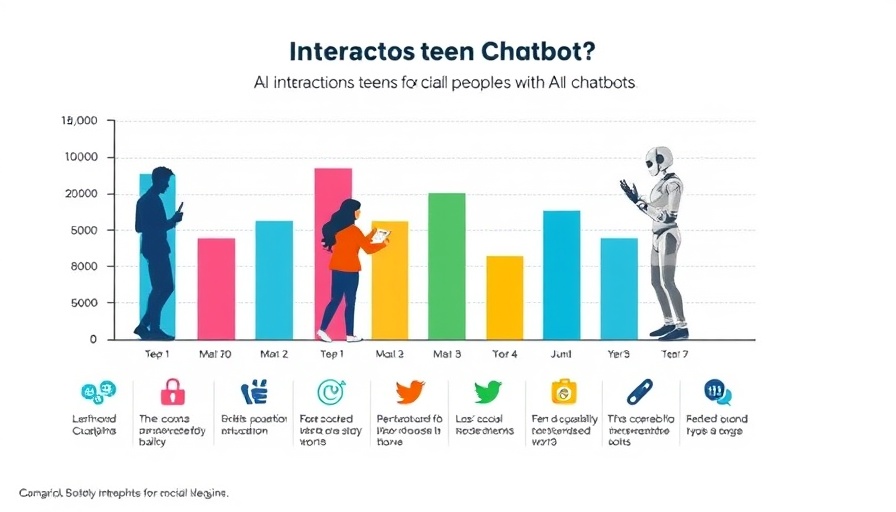
Unlocking the Power of Social Media in Education: Essential Strategies for Today’s Tutors
In an era where digital connectivity defines how educational information is accessed, social media has emerged as a transformative tool that educators can leverage. For business owners in the education sector, understanding social media's potential is crucial for fostering growth and engaging audiences effectively.
Understanding the Impact of Social Media on Learning
Social media holds the potential to extend educational opportunities beyond traditional boundaries. As noted in various studies, including insights from Sprout Social, the utilization of platforms like Instagram and Facebook enhances communication with students, parents, and alumni, broadening the reach of educational institutions. In fact, institutions that effectively harness social media can see significant boosts in student engagement and enrollment.
Five Key Social Media Strategies for Educational Success
1. **Know Your Audience:** Understanding where your audience spends their time is vital. For educators, this means analyzing whether students are more active on platforms like X (formerly Twitter) or Instagram. As CivicPlus noted, reaching parents effectively often requires focusing efforts on platforms they frequent.
2. **Engage Students in Content Creation:** Involving students in creating social media content not only enhances engagement but also empowers them to share their stories. Establishing a student ambassador program could foster deeper connections and authentic representation of the student body.
3. **Utilize Design Tools:** Crafting visually appealing content can significantly enhance your social media presence. Free design tools like Canva and Adobe Express enable educators to create eye-catching graphics without professional expertise, effectively capturing the attention of a diverse audience.
4. **Schedule Wisely:** Quality content deserves strategic timing. Using scheduling tools allows educators to publish posts at peak times, maximizing visibility and engagement. Platforms like Hootsuite and Buffer offer functionalities that streamline these processes.
5. **Establish Compliance and Archiving:** For educational institutions, maintaining compliance through social media archiving is not just an option; it is essential. Solutions offered by firms like CivicPlus ensure that schools are adhering to state records laws while showcasing their transparency.
Creating Connections and Building Community
In addition to driving engagement, social media fosters connections among students, alumni, and educational institutions. Facilitating alumni relations through dedicated social media groups can keep former students engaged, serving as ambassadors for future classes. Schools utilizing LinkedIn effectively report increased connectivity among graduates, offering insights into career paths and opportunities.
Embracing Social Media Trends for Future Growth
The educational landscape will keep evolving with trends like remote learning and AI integration. As these technological advancements continue to shape the future of education, social media will remain pivotal. Educators and business owners must adapt to emerging platforms and technologies, ensuring their strategies remain relevant and effective.
Conclusion: Maximizing Your Growth Potential
As social media becomes increasingly integral in education, business owners must adapt and innovate. By implementing strategic approaches highlighted in this article, educators can not only improve their engagement but also contribute to the overall growth of their institutions. Understanding how to navigate the digital landscape effectively is a critical step towards harnessing the full potential of social media in education.
Now is the time to explore these strategies to transform your educational offerings. Consider diving deeper into the available resources and begin shaping your institution’s social media presence!
 Add Row
Add Row  Add
Add 


Write A Comment